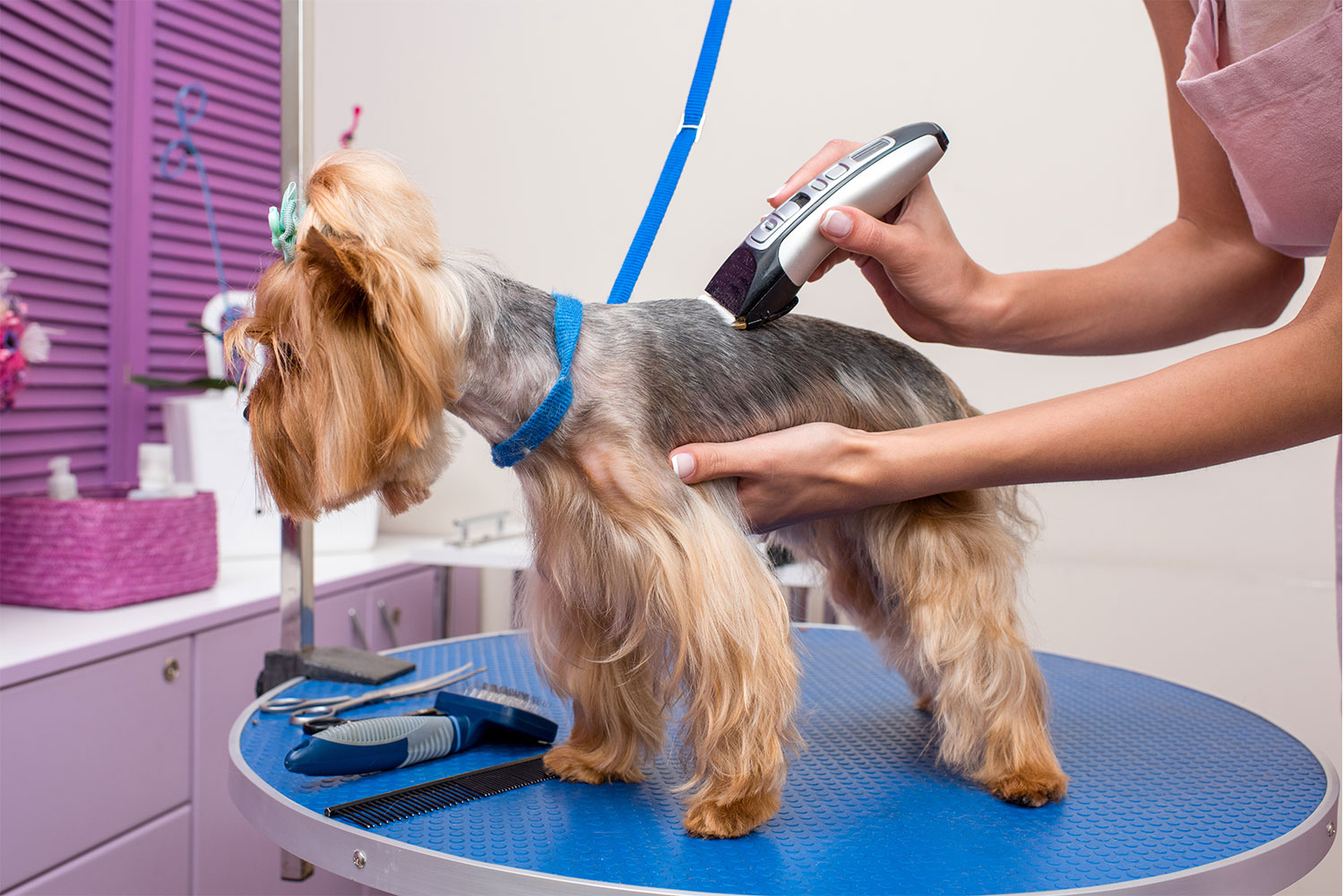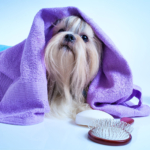- lmplovemypuppy
- February12,2023
- 978
- 0
Taking good care of your puppy is a must for any responsible pet owner. Grooming is an important part of that care and can be the difference between a happy, healthy pup and one that is uncomfortable or unhappy. Knowing how often to groom your puppy can be tricky, but there are five key factors to consider when deciding on a puppy grooming schedule. These five factors will help you determine how often your puppy needs to be groomed to stay clean, healthy, and comfortable.
Coat Type
Coats can range from long and silky to short and wiry, each needing different maintenance levels. Whether it’s weekly brushing or monthly trips to the groomers, understanding what type of coat your pup has will give you a better idea of how often they need grooming.
Longer coats typically need more frequent attention than shorter coats since the fur gets tangled up more easily, while breeds like poodles may require regular trims and haircuts to keep them looking neat.
Climate
Depending on where you live, the temperature and humidity may affect the frequency at which you must groom your dog. For example, if you live in a warm climate with high humidity levels, then grooming should happen more often than someone living in a cooler climate with less humidity. This is because dogs living in warmer climates tend to sweat more and accumulate dirt faster than those in cooler climates, making them dirtier more quickly.
Breed
The most important factor is breed; dogs with longer fur need more frequent grooming sessions than those with shorter fur. Dogs that have an undercoat will also require more regular brushing to prevent matting and tangles. Breeds such as poodles, Bichon Frise, Shih Tzu, and other breeds with long hair may require daily brushing to keep the coat healthy and tangle-free. Medium-length coats may need to be brushed two to three times a week, while short-coated dogs usually get away with weekly brushings.
Lifestyle
Groomers and veterinarians usually recommend grooming your pup every four to six weeks for basic maintenance, but this varies greatly depending on lifestyle and breed type. The frequency of puppy grooming depends largely on the type of fur that the pup has.
Long-haired breeds typically require more frequent visits to a professional groomer than short-haired dogs do because they need their coats trimmed and brushed out more often to maintain their appearance. Grooming will also help keep mats or tangles at bay between trips to the groomer if you are brushing them regularly at home.
Age
Puppies usually require more frequent grooming than adult dogs, as their fur can grow thicker and more quickly during the first year of life. For puppies up to six months old, brushing or combing every day or two is generally recommended to keep their coats healthy and tangle-free.
Even if your pup’s coat appears clean and smooth without daily maintenance, brushing them regularly is still important since it can help prevent matting. At around six months old, most pups will require weekly brushing at minimum, with biweekly baths if needed. This allows for extra time to eliminate any dirt or debris that accumulates before it causes issues like dandruff or shedding.



